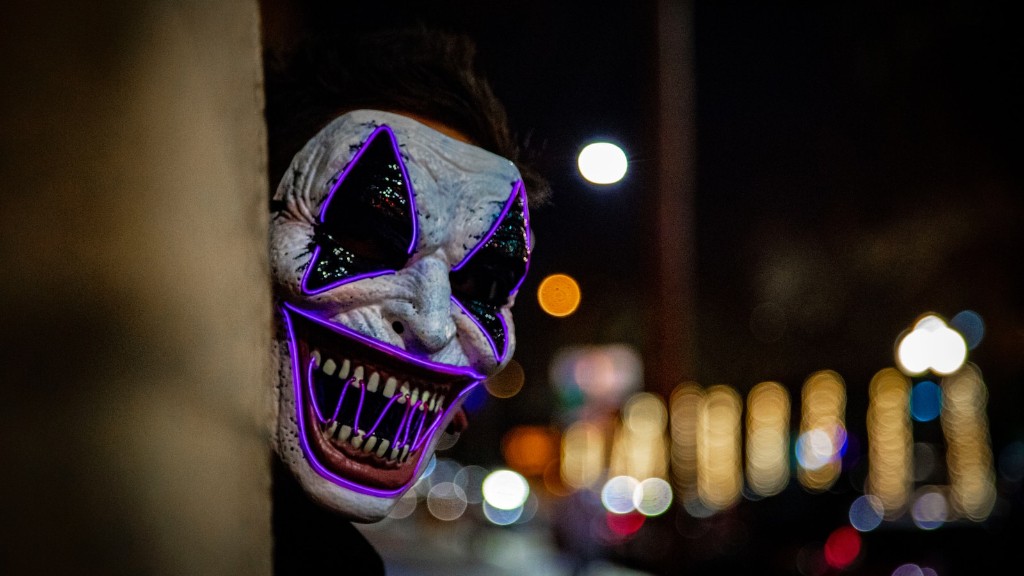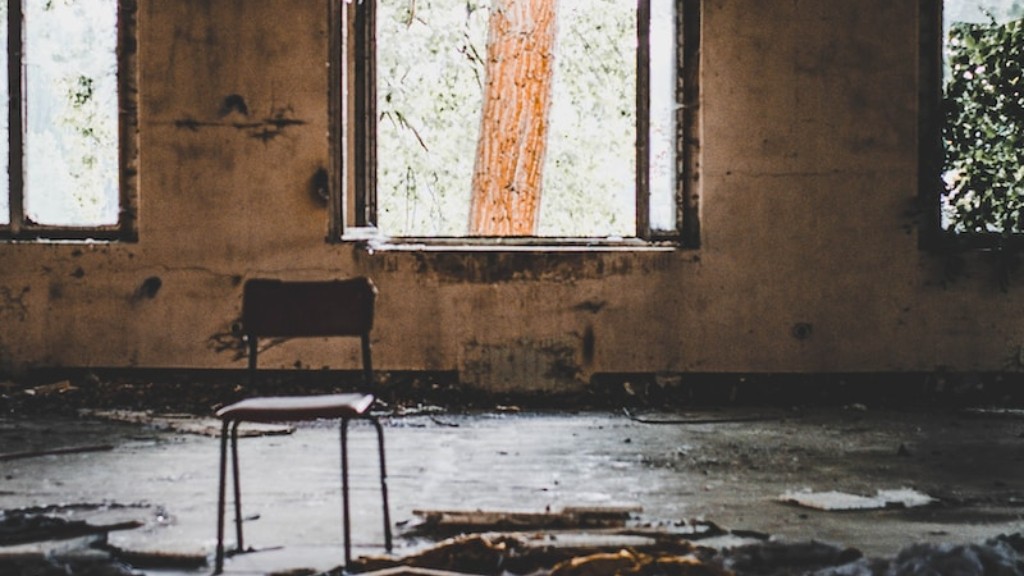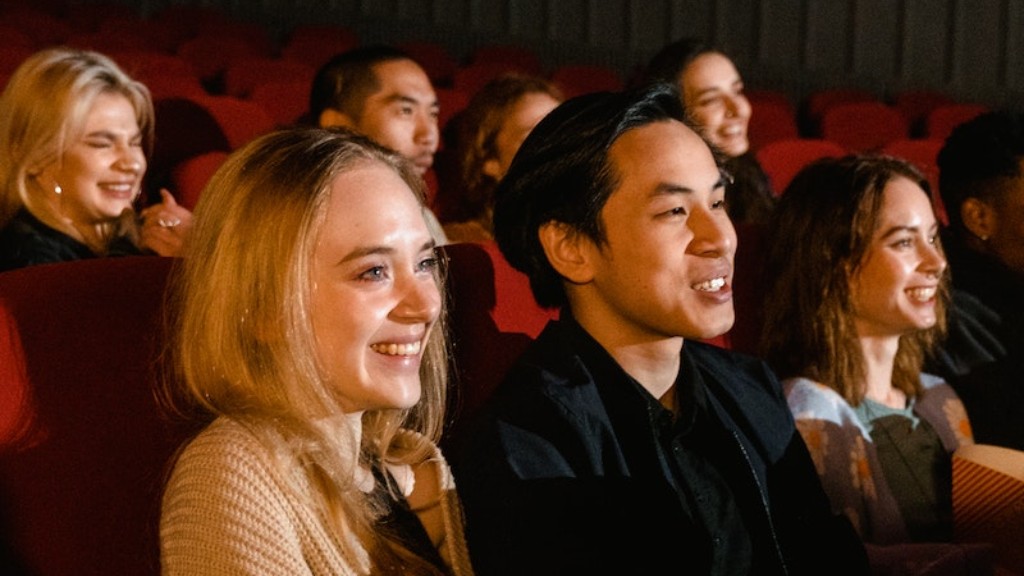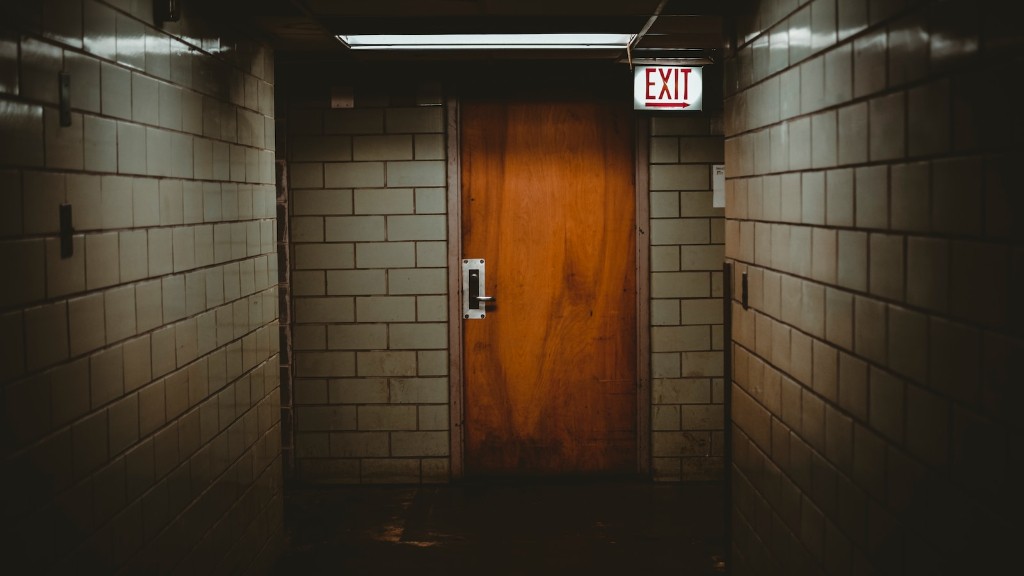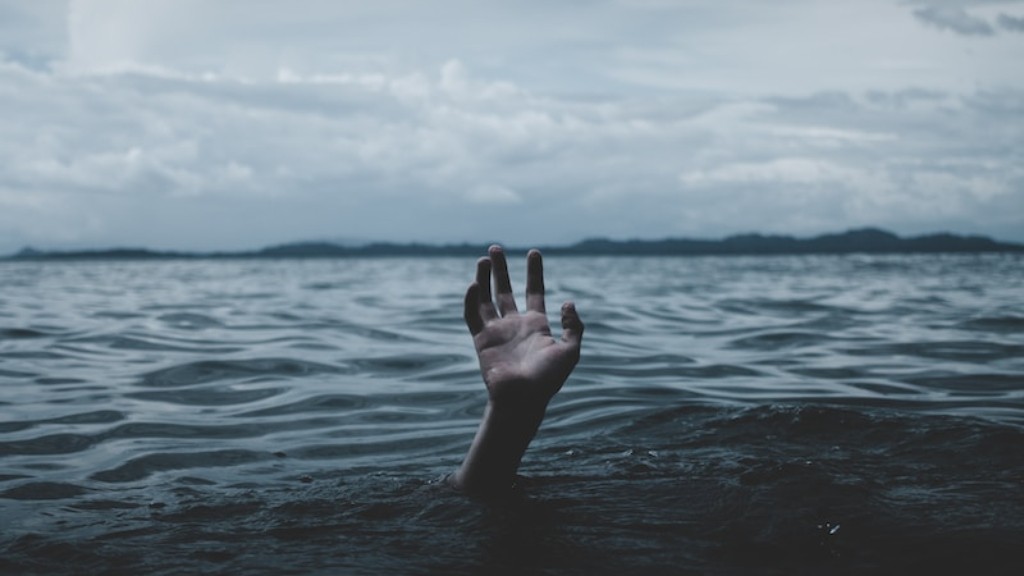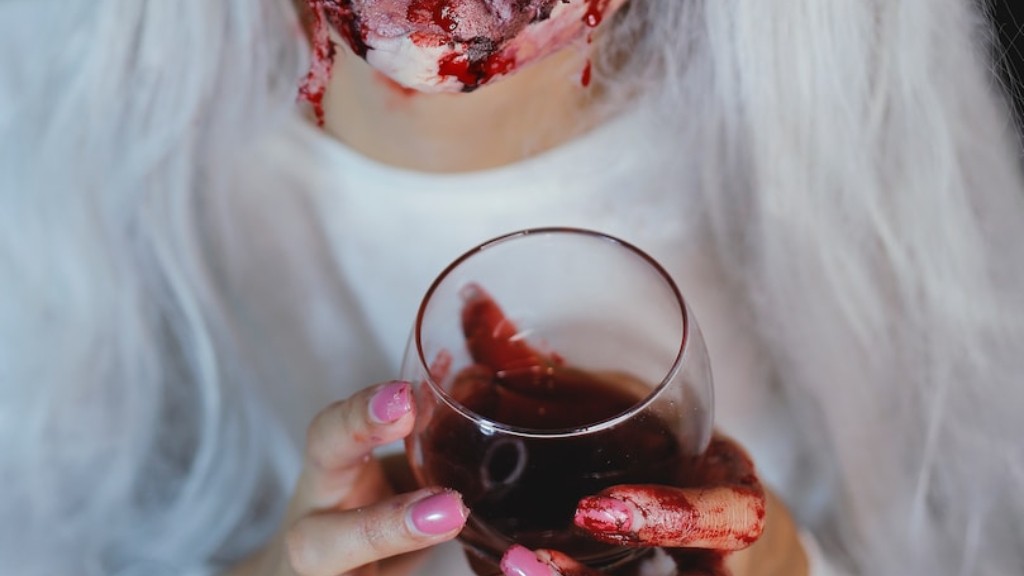Since their inception, horror movies have been a source of both entertainment and horror for audiences around the world. Over the years, the genre has evolved and changed to reflect the interests and fears of different cultures. Today, horror movies are more popular than ever, and continue to push the boundaries of what is considered safe for audiences to watch.
Some would say that horror movies have changed drastically since they first became popular in the late 1800s. Others would argue that they have only changed slightly. But there are definitely some major differences between the horror movies of today and the horror movies of yesteryear.
For one, the special effects in horror movies have come a long, long way. In the early days of horror movies, the effects were often laughable by today’s standards. But thanks to advances in technology, today’s horror movies can be truly terrifying, with special effects that are realistic enough to make even the bravest of souls jump out of their seat.
Another big difference between today’s horror movies and those of the past is the amount of violence and gore. In the early days of horror, producers were limited by what they could show on screen due to censorship laws. As a result, the early horror movies were often more psychological terror than anything else. They relied on suspense and atmosphere to scare viewers, rather than explicit violence and gore.
Today, however, there are no such limits. Thanks to the advent of computer-generated special effects, today’s horror movies can be as gory and violent as the directors and producers want them to be. And some would argue that this is
How has horror genre developed over time?
Horror is a genre with a long and rich history, dating back to the earliest days of cinema. Silent films like The Cabinet of Dr. Caligari and Nosferatu were influential early examples of the genre, while the German Expressionist movement also had a significant impact on the development of horror cinema.
It wasn’t until the release of Dracula in 1931 that the horror genre began to codify into its current form. Since then, countless sub-genres have emerged, including body horror, comedy horror, slasher films, supernatural horror and psychological horror. Each has its own unique scares and thrills, making horror a genre that is always evolving and changing.
The 90s was a great decade for horror films. With the new audio and projection techniques, as well as the improved lighting, these films were a lot more immersive than they were in the 20s. Additionally, the inclusion of slashers in many of the films added to the sense of terror and suspense.
What influenced horror movies
In the earliest horror films, the effect of horror was usually created by means of a macabre atmosphere and theme. German Expressionist cinema was a major influence on these films, and examples include The Student of Prague (1913) and The Golem (1915). Both of these films deal with dual personalities, and The Golem is based on the medieval Jewish legend of a clay figure that comes to life.
Horror movies serve an important purpose in society by providing a release for anxiety and fear. They also help to introduce and reinforce abstract fears. By doing so, they help to motivate society to work towards change.
Who changed the horror genre?
It is hard to overestimate the impact that Wes Craven had on the horror genre. His films are regularly cited as being among the most influential and important works in the genre. Even today, 25 years after the release of his masterpiece “Scream”, his films continue to have a significant impact on the way that horror films are made and received.
“Scream” is often credited with revitalizing the slasher genre which had become somewhat stagnant in the years prior to its release. Craven’s clever subversion of genre tropes and his use of meta-humor helped to create a new wave of horror films that were both self-aware and highly entertaining.
In the years since “Scream”, the horror genre has continued to evolve and change. However, it is safe to say that without Wes Craven’s vision and talent, it would not be the same genre that we know and love today.
There are three levels of horror: gross-out, horror, and terror. These elements allow the genre to be diversely shocking and hypnotizing in literature and cinema.
What is the best era of horror?
The ’80s were a great decade for horror cinema, with some of the most eventful, artistic, and iconic films being released. From the classic slasher films of the early ’80s to the more experimental and thought-provoking horror films of the latter part of the decade, there was something for everyone in the ’80s. And with iconic films like The Shining, The Lost Boys, and A Nightmare on Elm Street, the ’80s cemented themselves as the greatest decade in the history of horror cinema.
The slasher subgenre of horror films changed the way gore was presented forever. These films were more violent and graphic than anything that had been seen before, and they became extremely popular in the late 1970s and early 1980s. This new era of horror was characterized by grisly death scenes and often featured very physically attractive young people being brutally killed.
What is the oldest horror genre
Mellies’ “Le Manoir du Diable” is often credited as being the first horror movie. The film, which was released in 1898, tells the story of a haunted castle and the diabolical creatures that inhabit it. While the film is relatively short, it is highly influential and is considered to be a classic of the genre.
Horror entertainment can serve as a way to release adrenaline, endorphins, and dopamine in a safe setting. The brain can then process the surroundings and conclude that the experience is not a genuine threat. This knowledge of personal safety is one reason horror fans habitually watch scary movies.
Why are Americans obsessed with horror movies?
Horror is one of the most popular genres for both movies and books, and one of the main reasons people consume it is for the stimulation it provides. Exposure to scary scenes or merely the anticipation of them can cause our brains and bodies to react in opposite ways – negatively, through fear or anxiety, or positively, through excitement or joy. Either way, the experience is usually a adrenaline rush that can be addicting.
The horror genre has been around for centuries, with early examples of horror icons including the Werewolf or Lycanthrope (introduced in the 1500s), the Frankenstein monster (as introduced by Mary Shelley in 1818), and Dracula (introduced into literature in 1897 by Bram Stoker). These classic monsters have continued to be popular in the horror genre, appearing in countless books, movies, and TV shows over the years.
What horror movie changed the world
No other horror film went on to scar an entire generation quite like director William Friedkin’sThe Exorcist. Innovative special effects and make-up, and an array of sacrilegious moments made the possession of 13-year-old Regan disturbingly realistic for audiences. The film was extremely controversial upon its release, and was banned in many countries. It has since become a cult classic, and is widely considered to be one of the most effective horror films ever made.
Scary movies can actually be good for you! By watching them, you can release your anxiety and fears deep inside your conscious. The Greek Philosopher Aristotle introduced the concept of “catharsis,” which is a process where we release our negative emotions by watching violent or scary movies. In other words, they help us to “purge” our aggressive emotions. So next time you’re feeling stressed out, try watching a scary movie!
Does horror reflect society?
Film is often seen as a reflection of our society, as it can offer insight into the Zeitgeist of a particular time period. This is especially true of the horror genre, which often reflects the fears and anxieties that our society is experiencing. In recent years, we have seen a resurgence in popularity for horror films, which some believe is a result of the current social and political climate. Whether this is true or not, it is clear that horror films can give us a window into the collective psyche of our society.
The horror genre has been around for centuries, with its roots in Ancient Greece and Ancient Rome. In these early stories, horror was used to explore themes related to death, demons, evil spirits, and the afterlife. Today, horror continues to be a popular genre, with stories that explore our deepest fears and nightmares. Whether you enjoy a good scare or simply enjoy exploring the dark side of human nature, there is a horror story out there for you.
What was the first horror story
The horror story is a literary form that was invented by Horace Walpole. His Castle of Otranto (1765) is considered to be the first horror story. Horror stories typically deal with themes of death, destruction, and evil. They often include elements of suspense and terror.
Horror can be a very effective genre, but it is not for everyone. If you are looking for a book, movie, or show that is going to scare you, then horror is definitely worth checking out. Just be warned that some of the content can be disturbing.
Final Words
Horror movies have changed drastically over time. The first horror movie was released in 1896 and was called “The White Werewolf”. From then until the early 2000s, horror movies were made with the intention of scaring or shocking the audience. However, over the past few years, horror movies have become more about suspense and entertainment than about actually being horrifying.
Horror movies have changed a lot over time. They used to be much more graphic and explicit, but now they are more focused on suspense and psychological scares. There are still some gore-filled horror movies made today, but they are not as popular as they used to be. This is likely because people have become more desensitized to violence and gore, and because directors have become more creative in how they frighten audiences.
